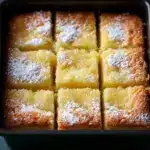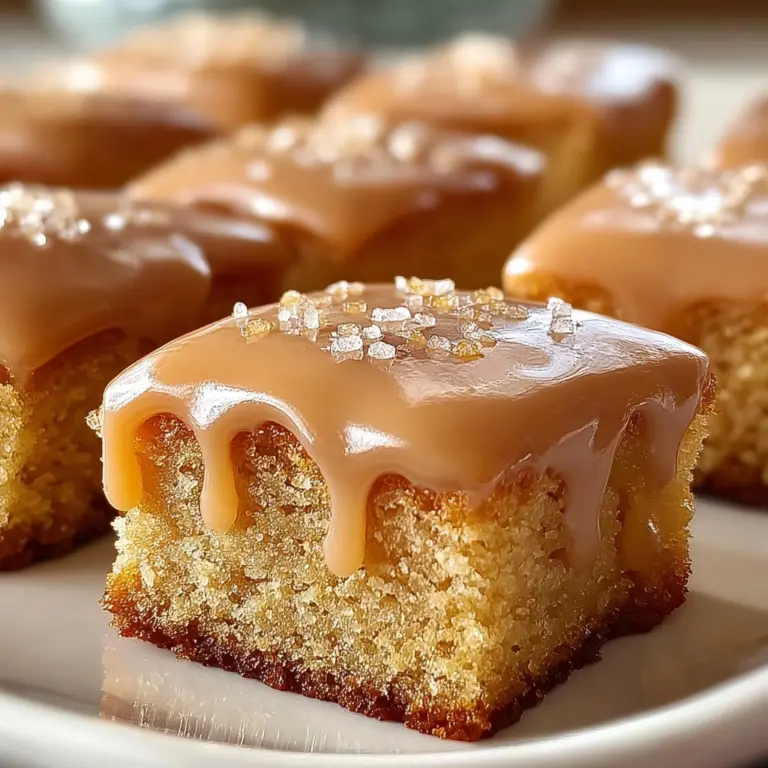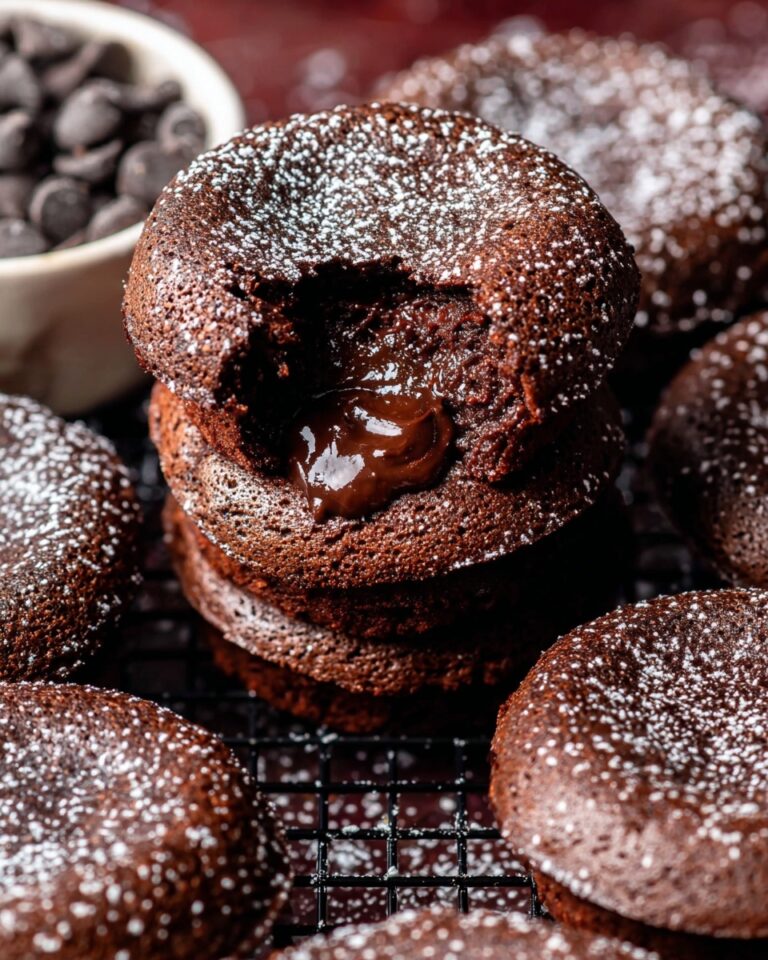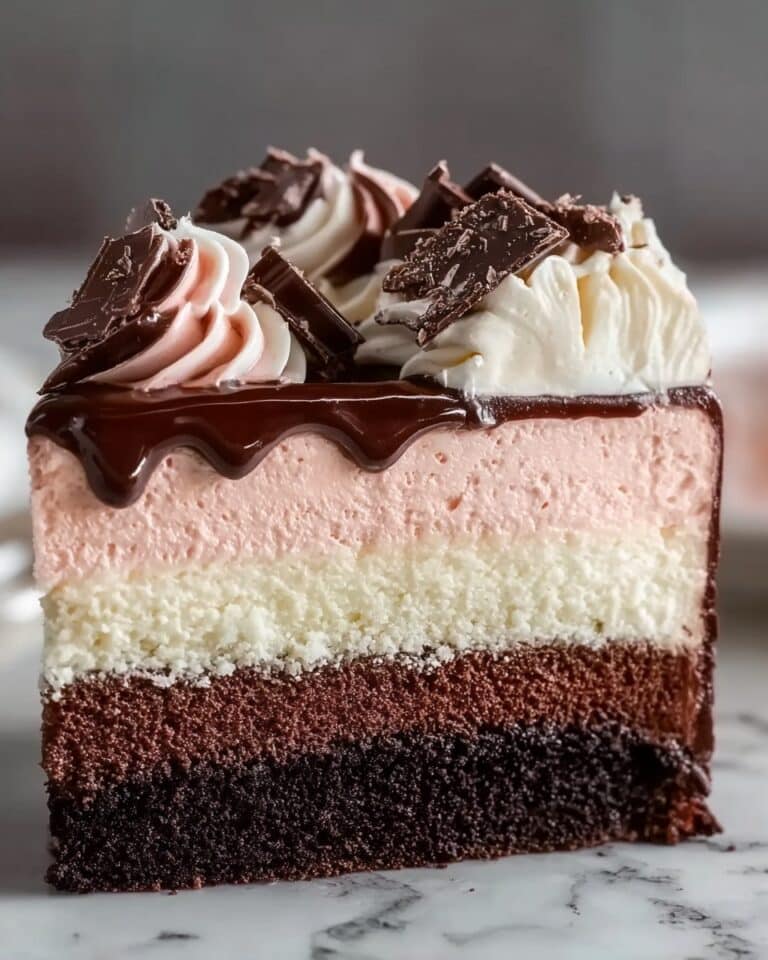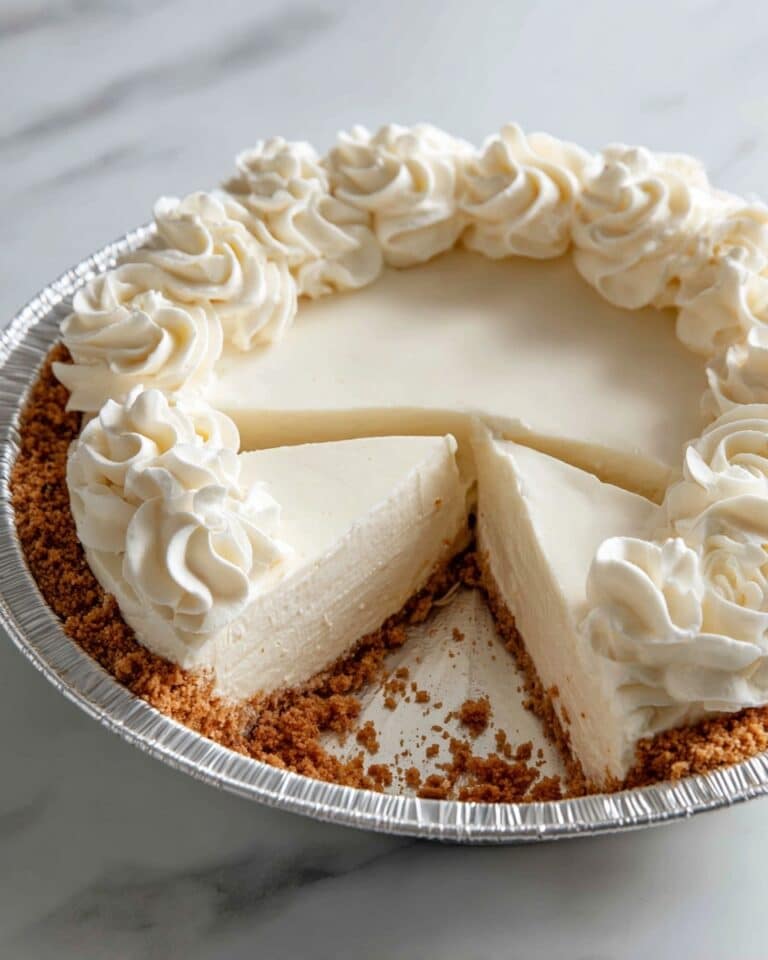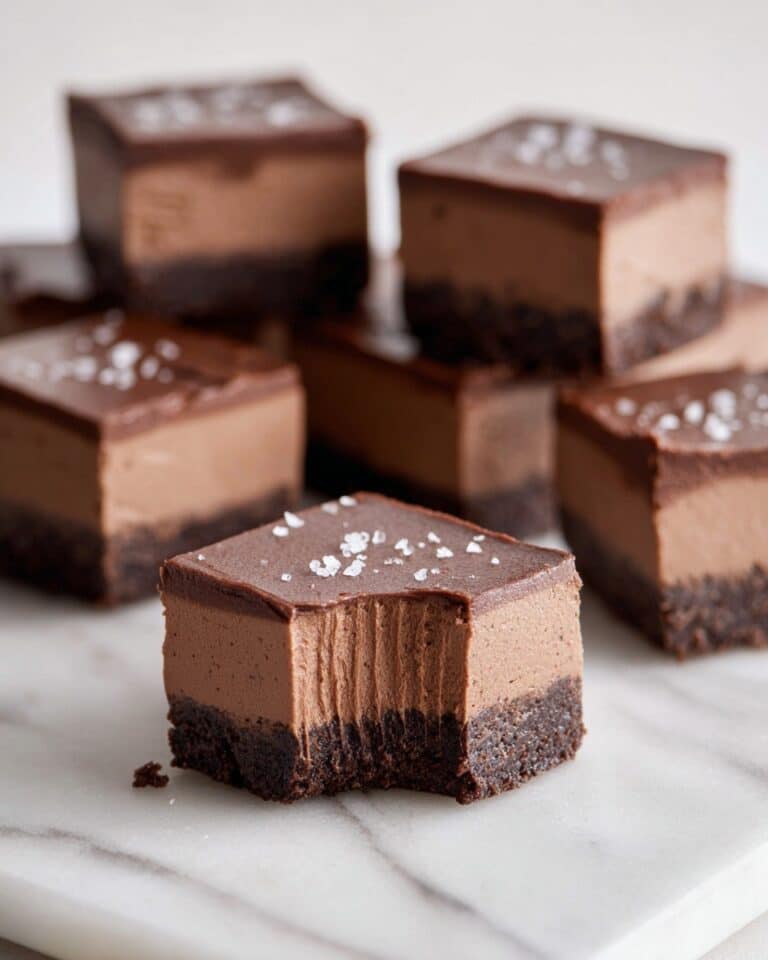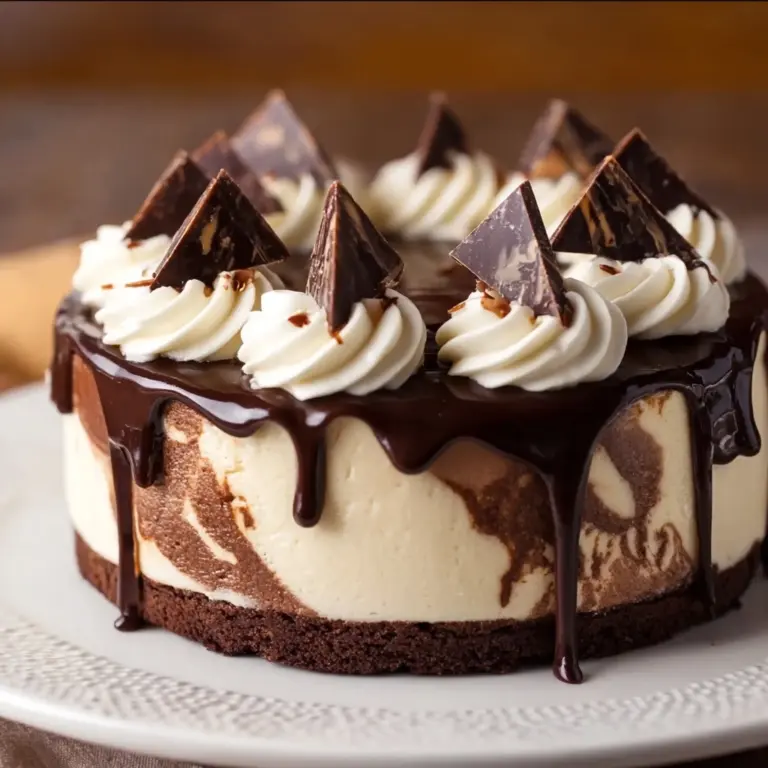the Perfect French Butter Cake Recipe
If you’ve ever dreamed of mastering a delightfully tender and buttery dessert, then discovering the ecrets to the Perfect French Butter Cake will be a game changer. This cake is a true classic, embodying the rich, velvety texture and delicate crumb that lovers of French patisserie crave. Each slice offers a beautifully golden crust with a melt-in-your-mouth softness, achieved through a few simple yet precise techniques. Whether you’re baking for an afternoon tea or a special celebration, these ecrets to the Perfect French Butter Cake will elevate your baking to a whole new level of deliciousness.
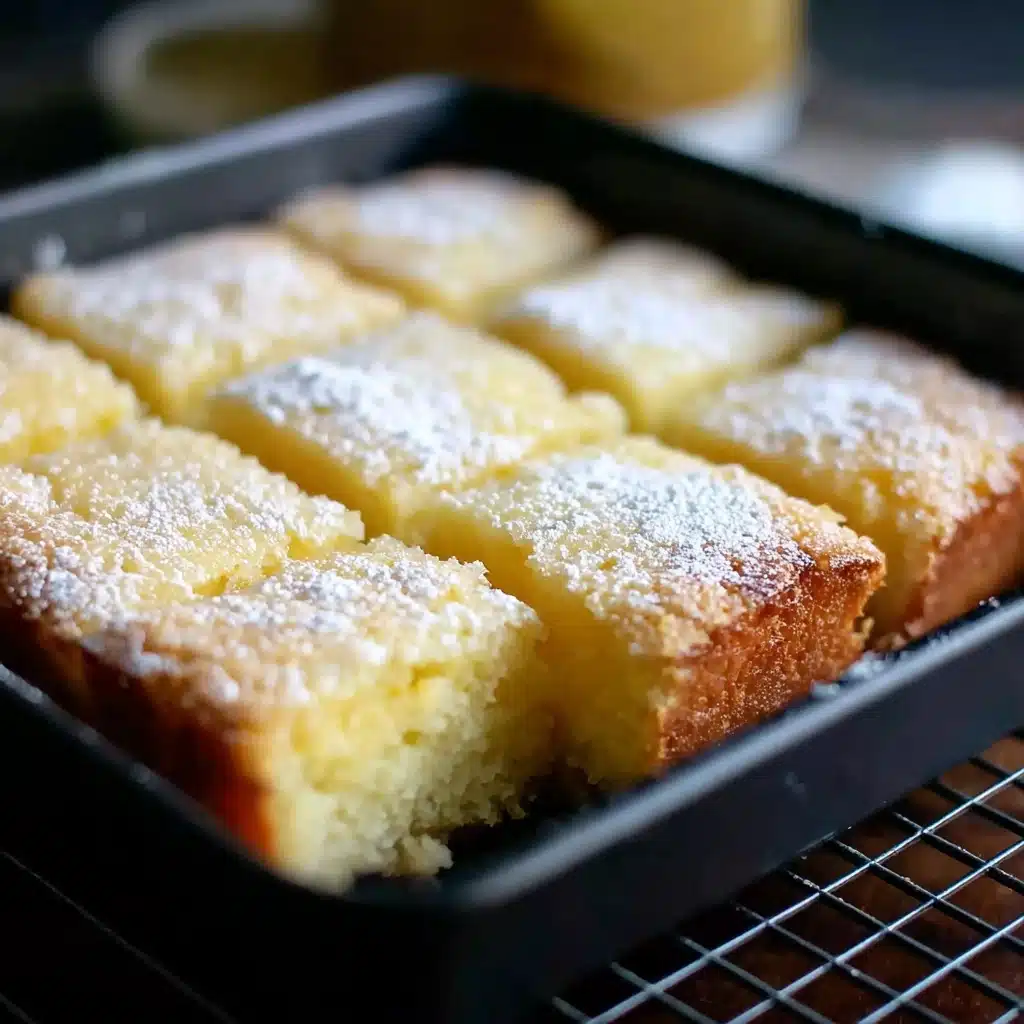
Ingredients You’ll Need
All the magic starts with a handful of simple, high-quality ingredients that come together to create something truly spectacular. Each component plays a critical role in the flavor, texture, and overall success of your cake, so gather them with care.
- Unsalted butter: 1 cup (2 sticks), softened to ensure creamy incorporation and a rich buttery taste.
- Granulated sugar: 1 1/2 cups, for just the right amount of sweetness and structure.
- Large eggs: 4, at room temperature to help maintain batter consistency and create a fine crumb.
- Pure vanilla extract: 2 teaspoons, for a fragrant, warm aroma that complements the butter.
- All-purpose flour: 2 cups, the foundation that gives the cake body without heaviness.
- Baking powder: 1 teaspoon, to provide the gentle lift necessary for perfect fluffiness.
- Salt: 1/2 teaspoon, to balance the sweetness and enhance all flavors.
- Whole milk or heavy cream: 1/2 cup, adding moisture and richness to ensure the cake stays soft.
How to Make ecrets to the Perfect French Butter Cake
Step 1: Preparing the Pan and Oven
First things first, preheat your oven to 350°F (175°C) to get it nice and hot, perfect for even baking. Then grease a 9-inch cake pan thoroughly and line the bottom with parchment paper—this little step ensures your cake will release effortlessly after baking, keeping its beautiful shape intact.
Step 2: Creaming Butter and Sugar
Next, beat the softened butter and granulated sugar together using a hand or stand mixer. This stage is where the magic starts; you’re introducing air into the batter to create that light, fluffy texture. Mix for about 3 to 5 minutes until the mixture looks pale and whipped—this is one of the key ecrets to the Perfect French Butter Cake that makes all the difference.
Step 3: Adding Eggs Gradually
One by one, add the eggs to your creamed butter and sugar while beating continuously. Adding eggs one at a time helps maintain the emulsion and builds a stable batter, ensuring your cake rises evenly with a tender crumb. If you add them all at once, you risk breaking the texture, so pat yourself on the back for this expert move!
Step 4: Incorporating Vanilla Extract
Now stir in the pure vanilla extract, a subtle but essential flavor booster that rounds out the richness of the butter. Mixing until combined will fill your kitchen with that signature smell that makes your mouth water.
Step 5: Combining Dry Ingredients
In a separate bowl, whisk together the flour, baking powder, and salt to distribute these dry ingredients evenly. Then gradually add them into the wet batter mixture, mixing on the lowest speed just until everything is incorporated. Overmixing can develop the gluten too much, leading to a tougher cake, so gentle and careful folding is one of the treasured ecrets to the Perfect French Butter Cake.
Step 6: Adding Milk for Moisture
Pour in the milk or heavy cream last and stir gently until smooth. This final step keeps the batter tender and adds moisture so that every bite melts softly on your tongue without feeling heavy.
Step 7: Baking to Golden Perfection
Pour the batter into your prepared pan and smooth the top with a spatula. Bake for 40 to 50 minutes, watching carefully as your kitchen fills with a warm, buttery aroma. The cake is done when the top is golden brown and a toothpick inserted in the center comes out clean. After baking, let it cool in the pan for 10 to 15 minutes before transferring to a wire rack to cool completely—patience here preserves the delicate crumb and moist texture.
How to Serve ecrets to the Perfect French Butter Cake
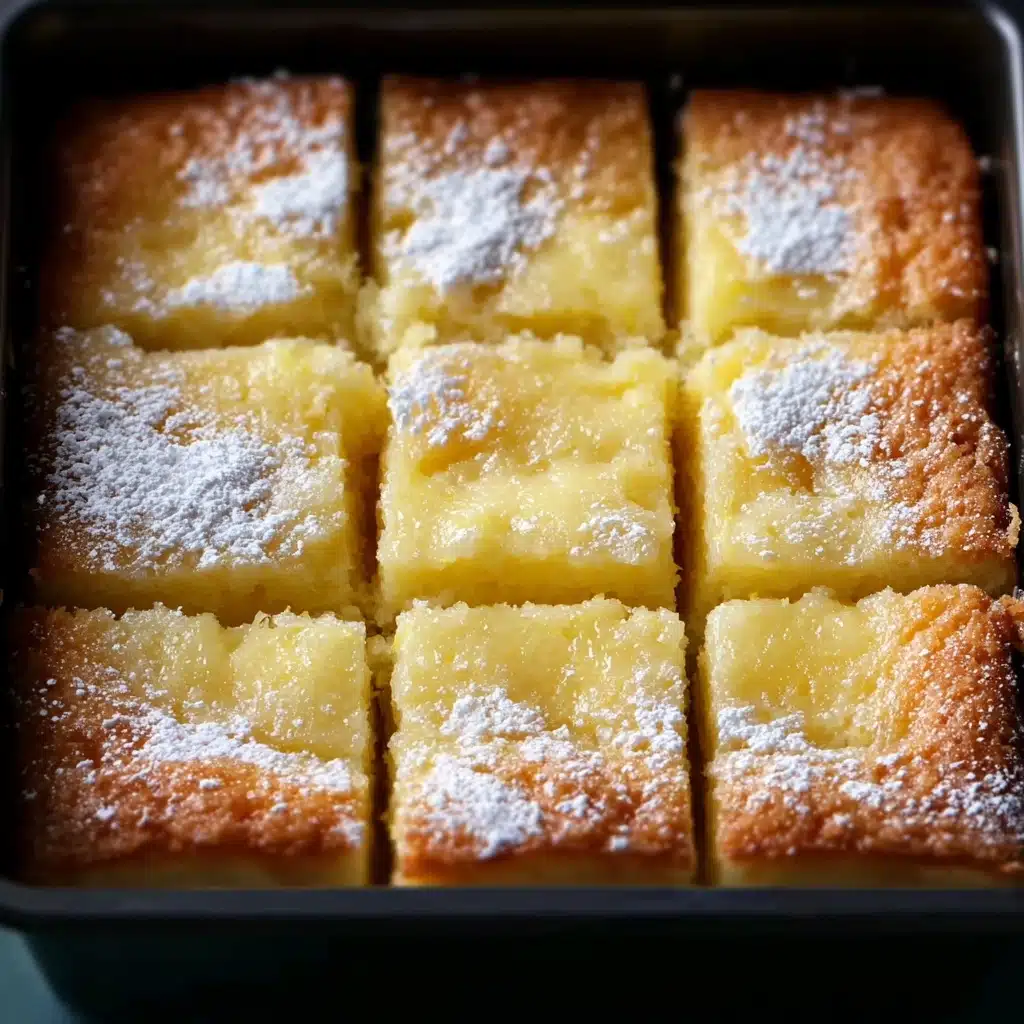
Garnishes
Keep it simple with a light dusting of powdered sugar for a classic look, or top with fresh berries and a sprig of mint to highlight the cake’s buttery richness. A drizzle of homemade caramel or a dollop of whipped cream adds an indulgent touch that’s sure to impress guests.
Side Dishes
This cake pairs beautifully with afternoon tea or coffee, but it can also be served alongside a scoop of vanilla ice cream or a bowl of seasonal fruit compote. These accompaniments create a delightful contrast in temperature and texture that enhances every bite.
Creative Ways to Present
For an extra special touch, slice the cake into small squares and serve on decorative plates, or layer with fruit preserves and cream to form a rustic French butter cake trifle. These presentations elevate this humble cake into a show-stopping dessert centerpiece.
Make Ahead and Storage
Storing Leftovers
If you have leftovers, store the cake in an airtight container at room temperature for up to 3 days. This keeps the cake soft and prevents it from drying out, preserving the qualities that make the ecrets to the Perfect French Butter Cake so irresistible.
Freezing
Wrap the cooled cake tightly in plastic wrap and aluminum foil, then freeze for up to 2 months. Thaw it in the refrigerator overnight, then bring it to room temperature before serving to enjoy the texture and flavor just as if it were freshly baked.
Reheating
To refresh slightly cooled cake, warm individual slices in the microwave for about 10 to 15 seconds or heat in an oven at 300°F for 5 to 7 minutes. This brings out the buttery aroma and soft crumb, recalling the homemade feel of this classic recipe.
FAQs
Can I use salted butter instead of unsalted butter?
While unsalted butter lets you control the salt level more accurately, you can use salted butter if that is what you have. Just reduce or omit the added salt in the recipe to avoid an overly salty taste.
Why is it important to beat eggs one at a time?
Adding eggs one at a time helps maintain the batter’s emulsion, which ensures the texture remains stable and smooth. This technique prevents the batter from curdling, resulting in a tender and evenly risen cake.
Can I substitute whole milk with another dairy or non-dairy option?
Whole milk or heavy cream gives the cake its richness and moisture, but you can substitute with half-and-half or even unsweetened almond milk for a lighter version—though the texture may vary slightly.
How do I know when the cake is fully baked?
The cake should be golden on top, and when you insert a toothpick or cake tester into the center, it should come out clean or with just a few crumbs attached. This test ensures the cake is baked through without being dry.
Can I add flavor variations to this recipe?
Absolutely! The ecrets to the Perfect French Butter Cake provide a perfect base to add citrus zest, almond extract, or spices like cinnamon. Just be mindful to keep the batter balanced so the cake remains tender and buttery.
Final Thoughts
Baking the ecrets to the Perfect French Butter Cake is truly a rewarding experience that warms both your kitchen and your heart. Once you master these simple, thoughtful techniques, this cake will become your go-to for any occasion. Trust me—it’s worth every step, and your friends and family will be asking for the recipe time and time again!
Printecrets to the Perfect French Butter Cake Recipe
This classic French Butter Cake recipe is a moist and tender cake that features a rich buttery flavor and a delicate crumb. Perfect for any occasion, it’s easy to make and yields a golden, fluffy cake that melts in your mouth. Follow these simple steps to achieve a bakery-quality buttery cake that you’ll love baking and sharing.
- Prep Time: 15 minutes
- Cook Time: 45 minutes
- Total Time: 1 hour
- Yield: 8 servings 1x
- Category: Dessert
- Method: Baking
- Cuisine: French
- Diet: Vegetarian
Ingredients
Butter and Sugar
- 1 cup (2 sticks) unsalted butter, softened
- 1 1/2 cups granulated sugar
Wet Ingredients
- 4 large eggs, room temperature
- 2 teaspoons pure vanilla extract
- 1/2 cup whole milk or heavy cream
Dry Ingredients
- 2 cups all-purpose flour
- 1 teaspoon baking powder
- 1/2 teaspoon salt
Instructions
- Preheat and Prepare Pan: Preheat your oven to 350°F (175°C). Grease a 9-inch cake pan and line the bottom with parchment paper for easier release ensuring your cake will come out cleanly.
- Cream Butter and Sugar: In a large bowl, use a stand mixer or hand mixer to cream the softened butter and granulated sugar together. Beat this mixture for 3–5 minutes until it becomes light and fluffy, which helps to incorporate air for a tender cake texture.
- Add Eggs Gradually: Add the eggs one at a time to the creamed butter and sugar, beating well after each addition. This step is essential to maintain the emulsion and build structure in your batter, leading to a perfect rise.
- Add Vanilla: Stir in the pure vanilla extract until fully combined to infuse the batter with a rich, sweet aroma.
- Combine Dry Ingredients: In a separate bowl, whisk together the all-purpose flour, baking powder, and salt. Gradually add these dry ingredients to the wet mixture, mixing on low speed just until incorporated to avoid overmixing and tough cake texture.
- Add Milk: Pour in the milk or heavy cream and mix gently until the batter is smooth. Avoid overbeating to keep the cake tender by minimizing gluten development.
- Transfer and Smooth Batter: Pour the batter into your prepared cake pan and smooth the surface with a spatula for even baking and a beautiful finish.
- Bake: Bake in the preheated oven for 40–50 minutes, or until the top is golden and a toothpick inserted into the center comes out clean, signaling that the cake is fully baked.
- Cool the Cake: Allow the cake to cool in the pan for 10–15 minutes. Then, carefully transfer it to a wire rack to cool completely before slicing and serving.
Notes
- Make sure the butter and eggs are at room temperature to ensure proper mixing and texture.
- Use high-quality unsalted butter for the best flavor.
- Lining the bottom of the pan with parchment paper prevents sticking and makes removal easier.
- Do not overmix the batter to avoid a dense, tough cake.
- You can substitute whole milk with heavy cream for a richer flavor and texture.
- This cake pairs beautifully with fresh berries, whipped cream, or a simple glaze.
Nutrition
- Serving Size: 1 slice (1/8th of cake)
- Calories: 370
- Sugar: 28g
- Sodium: 130mg
- Fat: 22g
- Saturated Fat: 14g
- Unsaturated Fat: 7g
- Trans Fat: 0.5g
- Carbohydrates: 38g
- Fiber: 1g
- Protein: 5g
- Cholesterol: 110mg
Keywords: French butter cake, butter cake recipe, moist cake, vanilla cake, classic cake, homemade cake, easy baking

